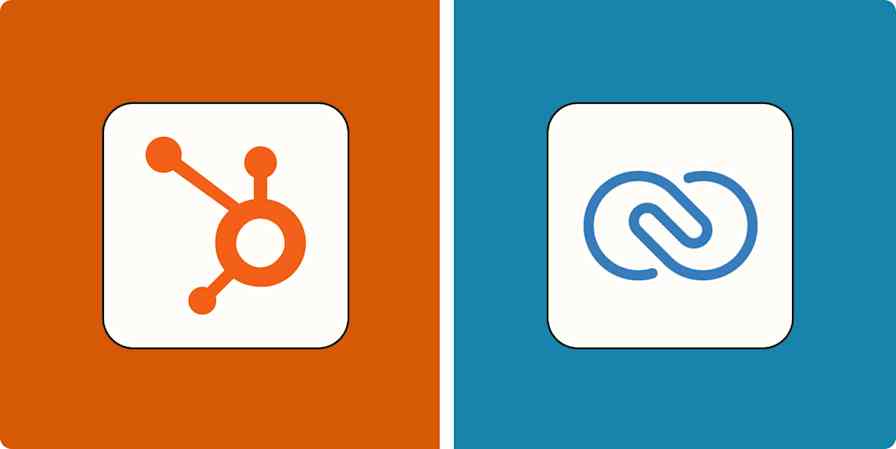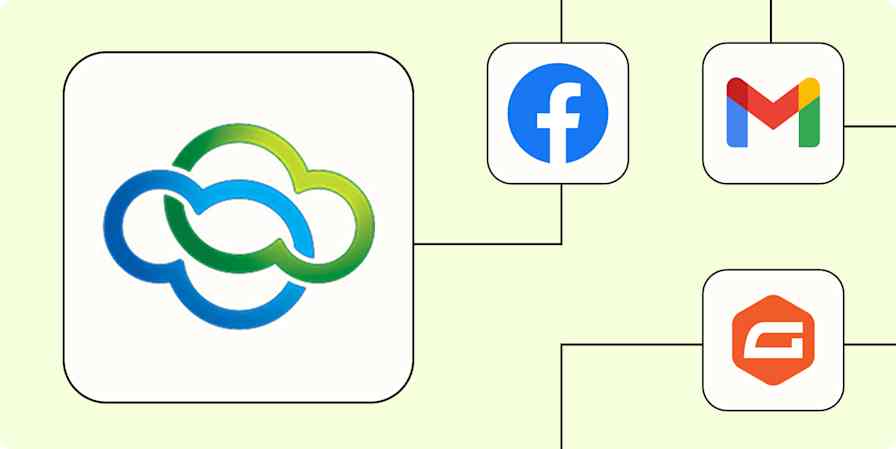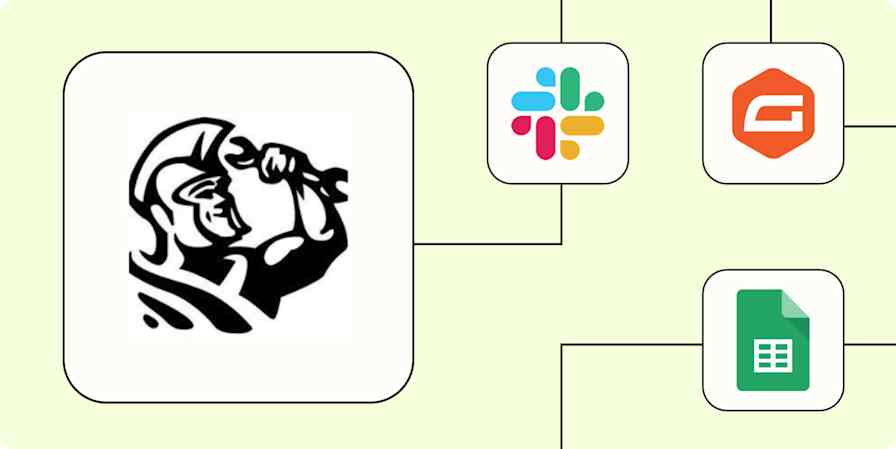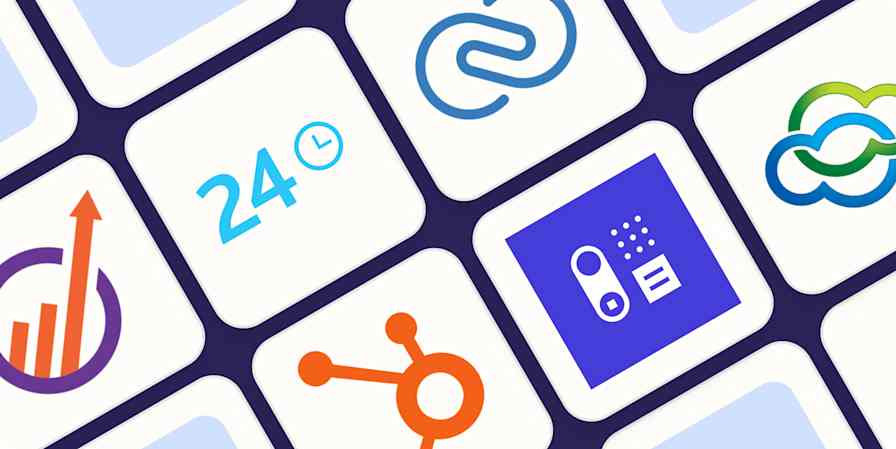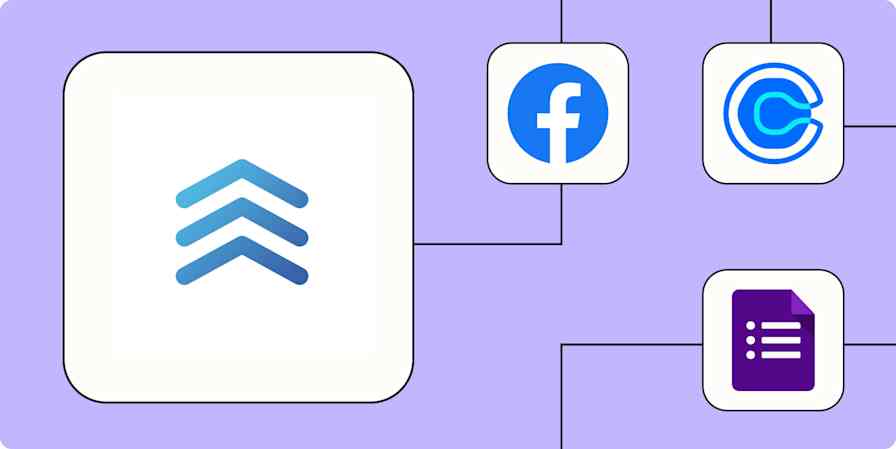Business tips
6 min readCRM integration: How to get the most out of your investment
By Chris Hawkins · October 5, 2020

Get productivity tips delivered straight to your inbox
We’ll email you 1-3 times per week—and never share your information.
Related articles
Improve your productivity automatically. Use Zapier to get your apps working together.


